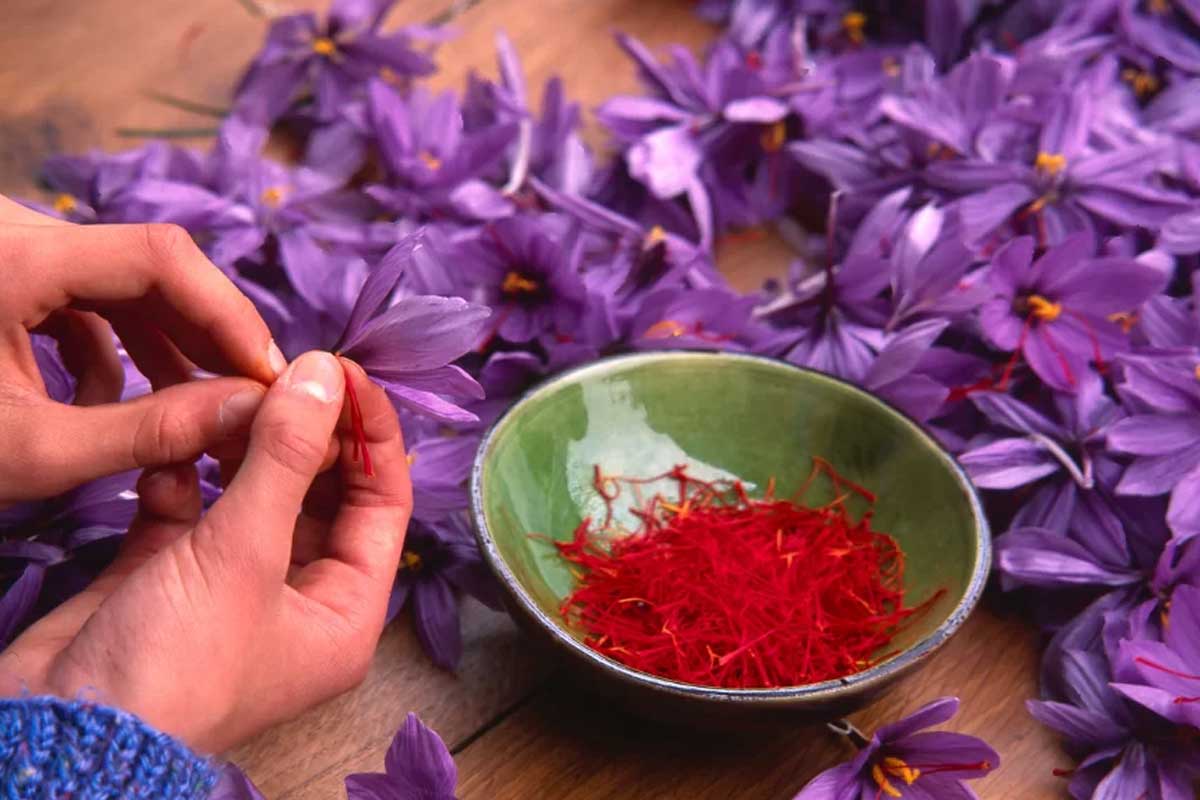Free Express International Delivery & Easy Returns
Free Express International Delivery & Easy Returns
Saffron in Literature and Art: Cultural Depictions and Symbolism

Saffron, with its vibrant color, exotic fragrance, and rich history, has inspired countless artists and writers throughout the ages. From ancient mythology to modern literature, saffron has been depicted as a symbol of beauty, luxury, and transcendence, weaving its way into the fabric of cultural expression. Let’s explore the cultural depictions and symbolism of saffron in literature and art, tracing its journey through the annals of human creativity.
In ancient mythology and religious texts, saffron is often associated with divinity, purity, and enlightenment. In Hindu mythology, saffron is believed to have grown from the gods’ tears and is associated with auspiciousness and divine blessings. In Greek mythology, saffron is linked to the goddess Aphrodite, who was said to have used saffron to imbue her beauty with an otherworldly radiance. In religious texts such as the Bible and the Quran, saffron is mentioned as a symbol of wealth, abundance, and spiritual illumination.
Saffron has been celebrated in poetry and literature for its intoxicating aroma, exquisite flavor, and metaphorical significance. Poets and writers have evoked saffron’s sensory allure to convey themes of love, passion, and desire. In Persian poetry, saffron is often used as a metaphor for the beloved’s beauty, with verses describing the beloved’s cheeks as “rosy as saffron” or their lips as “sweet as saffron.” In Western literature, saffron appears in works such as Shakespeare’s “Romeo and Juliet,” where Juliet describes herself as “a bud of love, by summer’s ripening breath, may prove a beauteous flower when next we meet.”
In visual arts, saffron has been depicted in paintings, tapestries, and illuminated manuscripts as a symbol of opulence, royalty, and spirituality. Renaissance artists such as Botticelli and Titian incorporated saffron hues into their masterpieces, using the pigment to symbolize divine grace and heavenly beauty. Saffron-dyed fabrics and textiles adorned the robes of kings, queens, and religious figures in medieval and Renaissance art, symbolizing their elevated status and spiritual authority. In Asian art traditions, saffron holds a sacred significance, often depicted as a symbol of enlightenment and inner transformation in Buddhist and Hindu iconography.
Saffron plays a central role in cultural traditions and rituals around the world, symbolizing purity, prosperity, and renewal. In India, saffron is used in religious ceremonies, weddings, and festivals as an offering to the gods and goddesses. Saffron-dyed garments, known as “saffron robes,” are worn by Hindu ascetics and Buddhist monks as a symbol of renunciation and spiritual devotion. In Persian culture, saffron is used to flavor traditional dishes such as saffron rice and saffron-infused desserts, symbolizing hospitality and celebration.
In contemporary literature and art, saffron continues to inspire artists and writers with its timeless allure and symbolic resonance. Writers explore themes of identity, heritage, and cultural exchange through narratives that feature saffron as a central motif. Artists experiment with saffron pigments and dyes, incorporating them into multimedia installations and performance art pieces that explore themes of memory, migration, and globalization.
Saffron’s cultural depictions and symbolism in literature and art reflect its multifaceted significance as a symbol of beauty, luxury, and spiritual transcendence. From ancient myths and religious texts to contemporary expressions of creativity, saffron continues to captivate the imagination and inspire awe with its sensory allure and metaphorical richness. As a timeless emblem of human creativity and cultural heritage, saffron remains a cherished symbol of beauty, abundance, and enlightenment for generations to come.
Copyright © 2024 Zaflore.